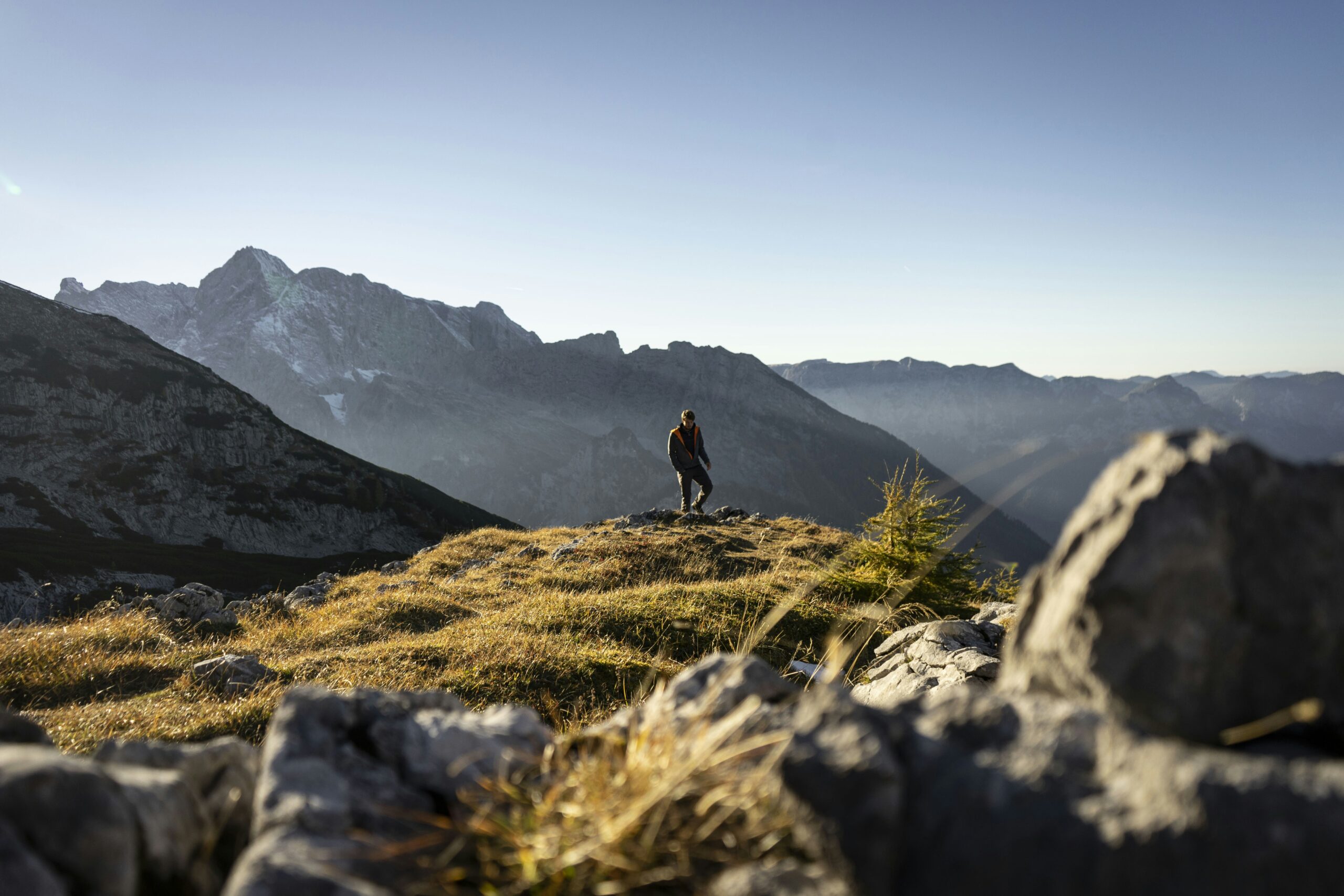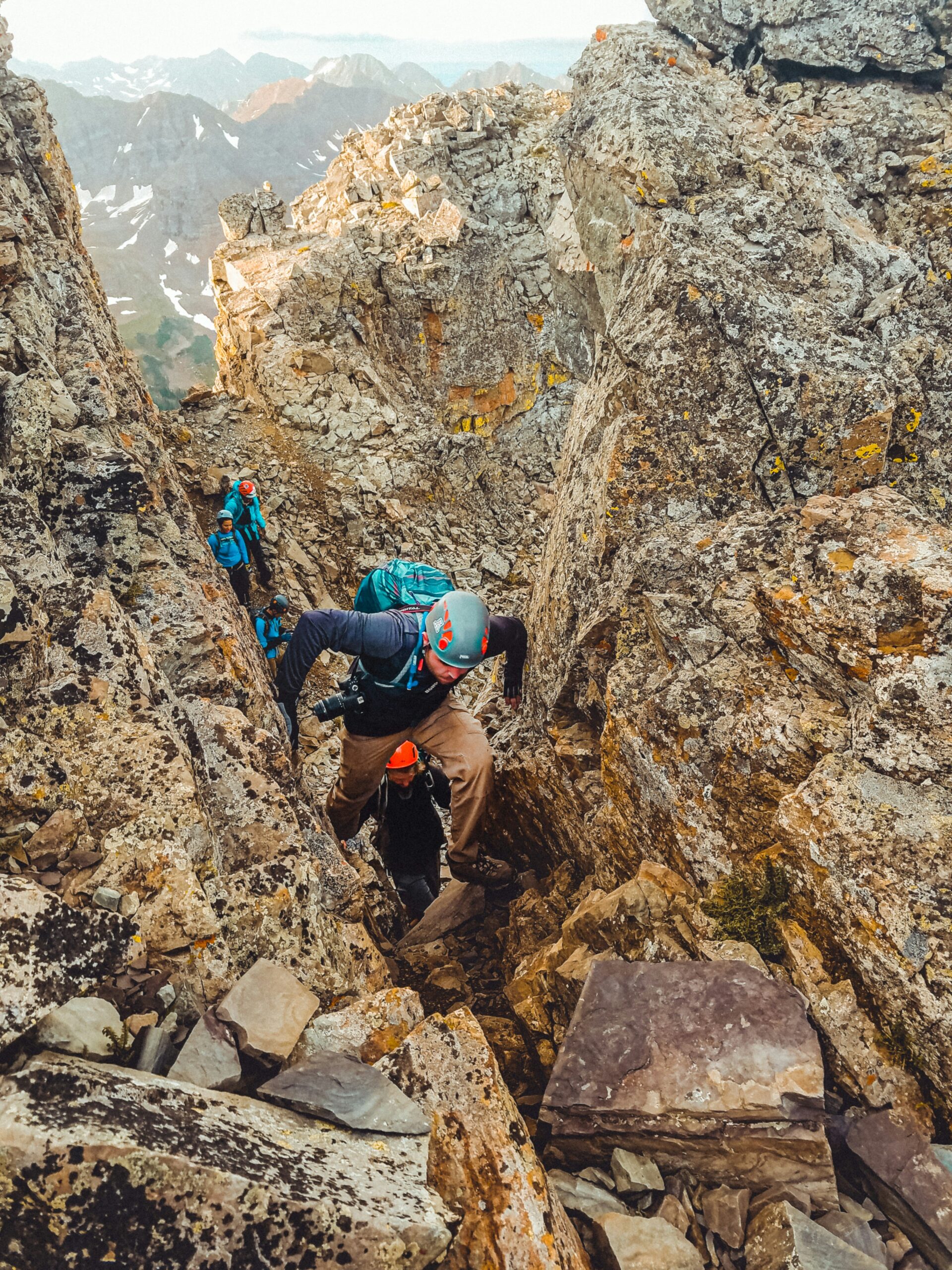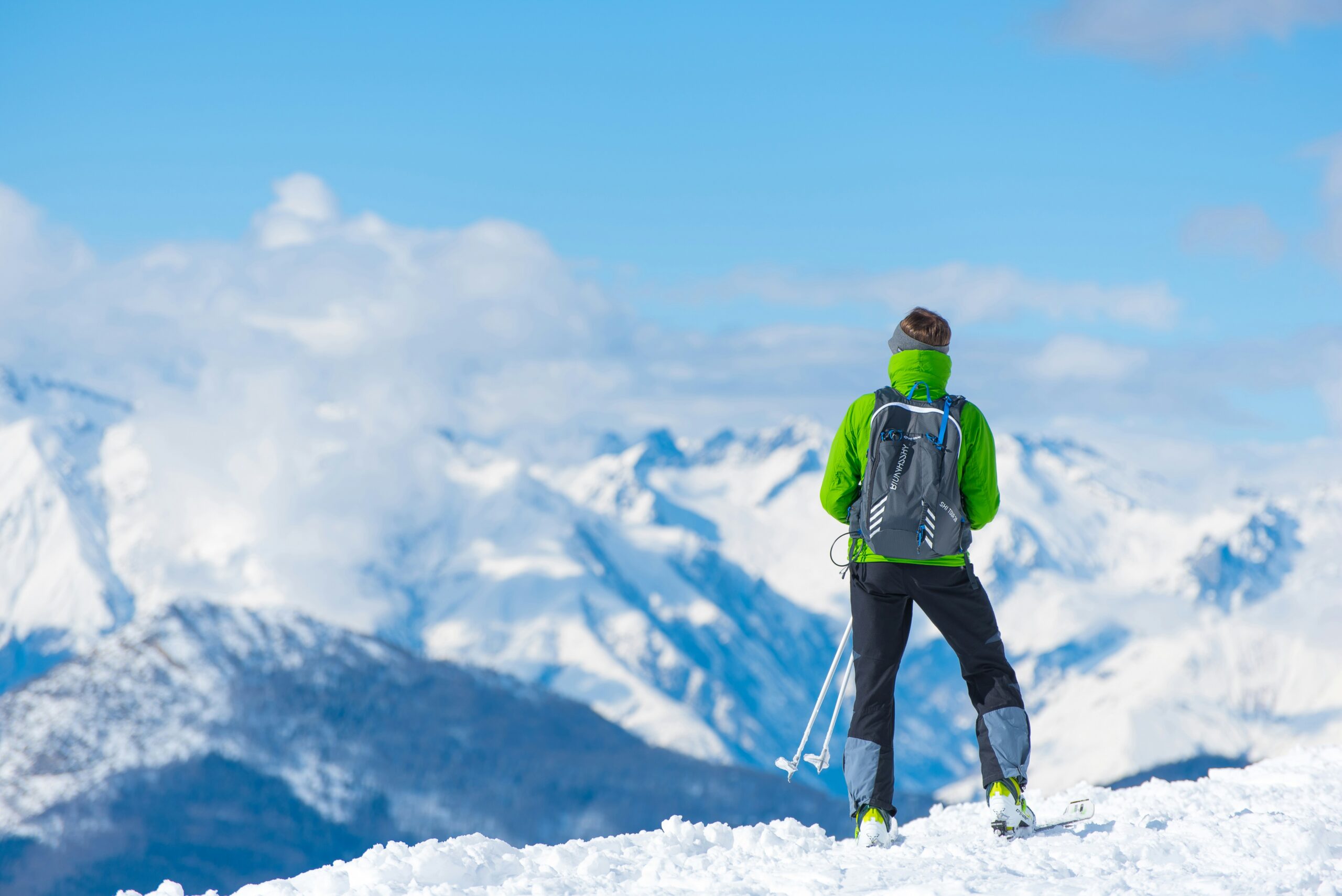If you've ever wondered whether you can conquer the majestic Mount Shasta all by yourself, you're not alone. With its towering peak and breathtaking beauty, Mount Shasta beckons adventurers from all over. But before you lace up those hiking boots and set off on your solo journey, there are a few things you need to know. From safety precautions to mental preparation, this article will provide you with the essential tips and advice for taking on the challenge of hiking Mount Shasta alone. So, grab a cup of tea, sit back, and let's explore the possibilities of embarking on this epic adventure solo.
Understanding the Risks of Solo Hiking
Identifying the common hazards of solitary hiking
Embarking on a solo hiking adventure can be an exhilarating and fulfilling experience, but it is crucial to understand the potential risks involved. One of the most significant hazards of solo hiking is the lack of immediate assistance in case of an emergency. Without a hiking partner, you are solely responsible for your safety. Therefore, it is essential to assess and mitigate the specific risks associated with your chosen hiking destination, such as Mount Shasta.
Detailing specific risks associated with Mount Shasta
Mount Shasta, located in Northern California, is a popular destination for outdoor enthusiasts, but it poses unique risks that solo hikers need to be aware of. One of the main concerns is the mountain's steep and rugged terrain, which demands physical fitness and mountaineering experience. Additionally, unpredictable weather conditions and sudden changes in temperature can pose a significant danger, making it vital to be prepared for all possibilities.
Considering the psychological challenges of a solo trek
While physical risks are evident, solo hiking can also present psychological challenges. Being alone in the wilderness for an extended period can be mentally demanding. It requires a strong sense of self-reliance and the ability to stay calm in stressful situations. Understanding and preparing for these psychological challenges are crucial to ensure a safe and enjoyable solo trek on Mount Shasta.
Assessing Personal Skills and Experience
Evaluating physical fitness requirements
Before embarking on a solo hike, it is paramount to evaluate your physical fitness level. Mount Shasta's challenging terrain and high altitude demand a certain level of stamina, endurance, and strength. Engaging in regular cardio and strength training exercises in the months leading up to your hike can significantly enhance your physical preparedness for the trek.
Reflecting on previous hiking and mountaineering experiences
To gauge your readiness for a solo hike on Mount Shasta, reflect on your past hiking and mountaineering experiences. Have you tackled similarly challenging terrains before? Do you have experience with high-altitude environments? Evaluating your past experiences will help you determine if Mount Shasta is an appropriate solo hiking choice or if additional training and preparation are necessary.
Understanding the importance of navigation skills
Navigation skills are vital for solo hikers, especially on a mountain as vast and intricate as Mount Shasta. Familiarize yourself with techniques like map reading, using a compass, and interpreting GPS coordinates. Taking a navigation course or consulting with experienced mountaineers can further enhance your skills, ensuring that you can find your way on the mountain and avoid getting lost.

The Importance of Planning
Identifying optimal times to hike Mount Shasta
When planning a solo hike on Mount Shasta, timing is crucial. Optimal hiking seasons typically occur in the summer months, between June and September, when snow cover is minimal and weather conditions are milder. Attempting to hike outside of this period increases the risks significantly. It is essential to research and consult local authorities or experienced hikers to determine the best time to embark on your solo journey.
Choosing the most suitable route for solo hikers
Mount Shasta offers various routes, each with its own set of challenges and difficulties. As a solo hiker, it is crucial to choose a route that matches your skill level and experience. Opt for routes that are well-traveled and well-marked, as these tend to have more logistical support in case of emergencies. Researching and consulting guidebooks or experienced mountaineers can help you select the most suitable route for your solo adventure.
Establishing a detailed itinerary
Creating a detailed itinerary is essential for any solo hike, especially on a mountain as treacherous as Mount Shasta. Your itinerary should include information about your planned route, estimated hiking times, and potential rest points along the way. It is vital to share this itinerary with a trusted friend or family member who can alert authorities if you fail to check in at predetermined times. This precaution ensures that someone is aware of your plans and can initiate necessary action if needed.
Essential Gear for Solo Hiking
The importance of proper footwear
Having appropriate footwear is crucial for any hike, and this holds even more true for solo hikers. Invest in high-quality hiking boots that provide ankle support and have excellent traction. Ill-fitting footwear or inadequate support can lead to injuries, particularly on uneven and challenging terrains like Mount Shasta.
Packing lightweight but warm clothing
When packing for a solo hike on Mount Shasta, it is essential to strike a balance between lightweight gear and sufficient protection against the elements. Layering your clothing is key to adapt to changing weather conditions. Pack moisture-wicking base layers, insulating mid-layers, and weatherproof outer shells to ensure you stay warm and dry throughout your journey.
Essential survival gear for emergencies
Carrying essential survival gear is crucial for solo hikers, as it can be a lifesaver in emergency situations. Some essential items to pack include a first aid kit, an emergency shelter, a compass or GPS device, a headlamp, a multi-tool, and extra food and water. Additionally, consider carrying a personal locator beacon (PLB) or satellite communication device to alert rescuers if you find yourself in a dire situation.

Food and Water Considerations
Estimating the amount of food and water needed
Proper nutrition and hydration are essential for any hiking adventure, especially for solo hikers who do not have immediate access to assistance. Estimate the amount of food and water you will need based on the duration of your hike. Pack lightweight, calorie-dense food options like energy bars, dried fruits, and nuts. Ensure you carry enough water or have a plan for purifying water on the mountain.
Advice on lightweight but nutritious food options
Carrying lightweight but nutritious food is essential for maintaining energy levels during your solo hike. Opt for dehydrated meals that can be rehydrated with boiling water, as they are lightweight and provide necessary nutrients. Additionally, pack snacks that are rich in protein and carbohydrates to fuel your body throughout your journey.
Tips on water purification and rehydration methods on the mountain
While Mount Shasta boasts pristine water sources, it is still crucial to purify water before consumption. Carry a water filter or purification tablets to ensure you have access to safe drinking water throughout your hike. Additionally, remember to stay adequately hydrated by drinking water at regular intervals, even if you do not feel thirsty.
Navigating Mount Shasta
The need for GPS and map reading abilities
Solo hikers on Mount Shasta must have competent navigation skills, including the ability to use a GPS device and read topographic maps. Familiarize yourself with the specific maps and navigational tools relevant to the area you will be hiking. Regularly cross-reference your position on the map with GPS coordinates to ensure you stay on track and do not deviate from your planned route.
Recognizing trail markers and understanding topographical markers
Trail markers and topographical markers play a crucial role in navigation during your solo hike. Understand the significance of different trail markers, such as cairns or colored tapes, to ensure you stay on the right path. Similarly, become familiar with topographical markers, like contour lines, that indicate changes in elevation. This knowledge will help you navigate Mount Shasta more efficiently and safely.
Avoiding key geographical hazards on Mount Shasta
Mount Shasta presents several geographical hazards that solo hikers need to be aware of and avoid. These hazards include crevasses, ice falls, and unstable rock formations. Studying reliable guidebooks or consulting experienced mountaineers can provide valuable information on how to identify and circumvent these hazards. Taking necessary precautions and staying vigilant will reduce the risk of accidents and injuries.

Mount Shasta’s Weather Conditions
Understanding Mount Shasta’s unique weather patterns
Mount Shasta's weather conditions are known to be unpredictable and can change rapidly. Familiarize yourself with the mountain's unique weather patterns, such as sudden temperature drops, high winds, and the potential for sudden snowstorms even during the summer months. Monitoring weather forecasts from reliable sources before and during your hike will help you make informed decisions regarding your safety on the mountain.
Interpreting weather forecasts and recognizing signs of inclement weather
Before heading out on your solo hike, ensure you understand how to interpret weather forecasts accurately. Look for specific warnings or alerts that may indicate hazardous conditions. During your hike, keep an eye out for signs of inclement weather, such as darkening clouds, increasing winds, or sudden drops in temperature. If you notice any of these signs, consider turning back or seeking shelter to avoid dangerous situations.
Strategies for dealing with sudden weather changes
Even with careful planning and monitoring, sudden weather changes can occur. As a solo hiker, it is crucial to have strategies in place to deal with these unexpected weather shifts. Carry appropriate layers of clothing that can be easily added or removed depending on the temperature. Additionally, ensure you have a reliable and sturdy shelter, such as a lightweight tent or emergency bivvy, to protect you from adverse weather conditions.
Solo Hiker's Safety Measures
The importance of informing someone about your plans
One of the most critical safety measures for solo hikers is informing someone trustworthy about your hiking plans. Before setting off on Mount Shasta, share your detailed itinerary, including your expected start time, route, rest points, and estimated time of completion, with a friend or family member. This information will help authorities initiate a search and rescue operation if you fail to check in or return as planned.
Check-in and communication strategies during the hike
Maintaining regular check-ins and staying connected with the outside world is essential for the safety of solo hikers. Determine checkpoints along your route where you can update a trusted contact on your progress and well-being. Carry a reliable communication device, such as a satellite phone or personal locator beacon, to call for help in case of emergencies. Stay vigilant about your surroundings and communicate any concerns promptly.
How to alert rescuers in emergencies
In case of an emergency on Mount Shasta, knowing how to alert rescuers quickly is paramount. If you find yourself in a life-threatening situation, activate your personal locator beacon or use any available means of communication to call for help. Clearly convey your location and the nature of the emergency, providing as much information as possible to aid rescue efforts. Remain calm and follow any instructions given by rescuers to ensure a safe evacuation.
Dealing with Altitude and Acclimatization
Recognizing and handling altitude sickness
As you ascend Mount Shasta, the altitude increases significantly, and altitude sickness becomes a potential risk. Understand the symptoms of altitude sickness, such as headaches, nausea, dizziness, and difficulty breathing. Take necessary precautions by acclimatizing properly, hydrating adequately, and ascending at a gradual pace. If symptoms persist or worsen, descend to a lower altitude immediately to seek medical assistance if needed.
Understanding the process of acclimatization
Acclimatization is essential to minimize the risks associated with high altitudes. Take sufficient time to acclimate to the higher elevation before ascending further on Mount Shasta. Plan rest days at different elevations to allow your body to adjust and gradually adapt to the thinner air and reduced oxygen levels. Adequate sleep, hydration, and proper nutrition also aid in the acclimatization process.
Lowering risks related to high altitude exposure
To mitigate the risks associated with high altitude exposure, solo hikers should employ specific strategies. Stay well-hydrated throughout your hike to avoid dehydration, which can exacerbate altitude-related symptoms. Pace yourself and take frequent breaks to allow your body to adjust to the altitude. Monitor your physical condition closely and be willing to adjust your itinerary if needed to prioritize your safety.
Post-Hike Considerations
Proper recovery after solo hiking
After completing a solo hike on Mount Shasta, it is crucial to prioritize proper recovery. Allow yourself time to rest and recuperate, as hiking solo can be physically and mentally draining. Hydrate adequately and replenish the nutrients your body needs to recover. Reflect on your journey and celebrate your accomplishment while ensuring you practice self-care to restore your energy levels fully.
Reflecting on and learning from the experience
Solo hiking offers a unique opportunity for self-reflection and personal growth. Take time to reflect on your experience on Mount Shasta, considering both the high points and the challenges. Identify areas where you excelled and areas where you can improve for future solo hikes. Learning from your experiences ensures that you continue to enhance your skills and minimize risks on future adventures.
Planning for potential future solo hikes
While completing a solo hike on Mount Shasta is an impressive feat, it does not mark the end of your journey. As a solo hiker, it is essential to continue planning for potential future hikes. Research other hiking destinations that align with your skill level and interests. Continuously assess and develop your skills, ensuring that you are prepared for new challenges and adventures in the future.
In conclusion, solo hiking on Mount Shasta can be a thrilling and rewarding experience, but it comes with its fair share of risks. By understanding the common hazards, assessing your skills and experience, planning meticulously, carrying essential gear, and staying alert and prepared for changing conditions, you can embark on a safe and successful solo journey on this majestic mountain. Remember to always prioritize your safety and enjoy the breathtaking beauty of Mount Shasta responsibly.
